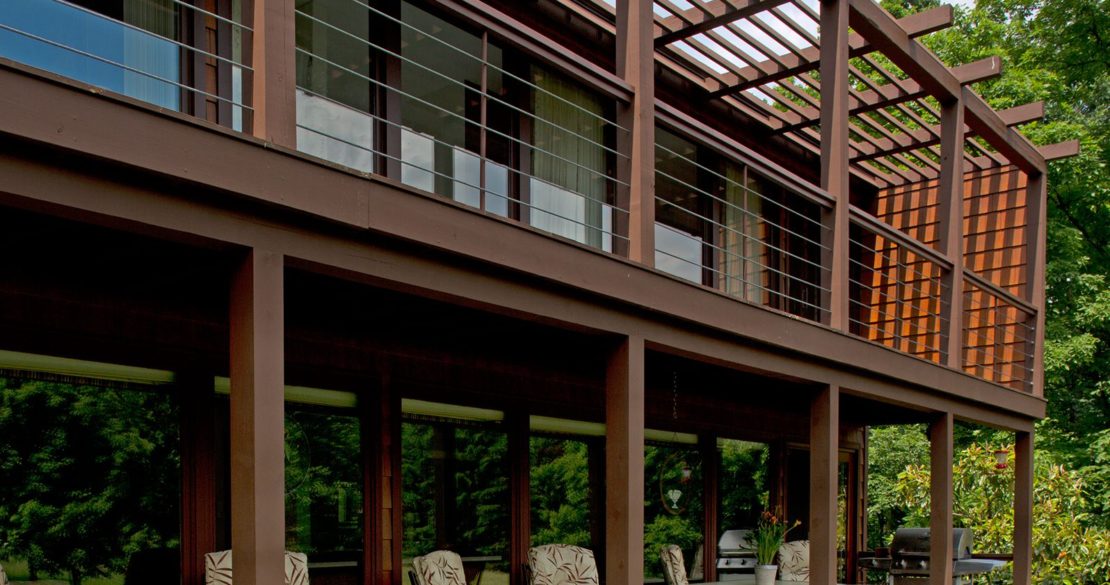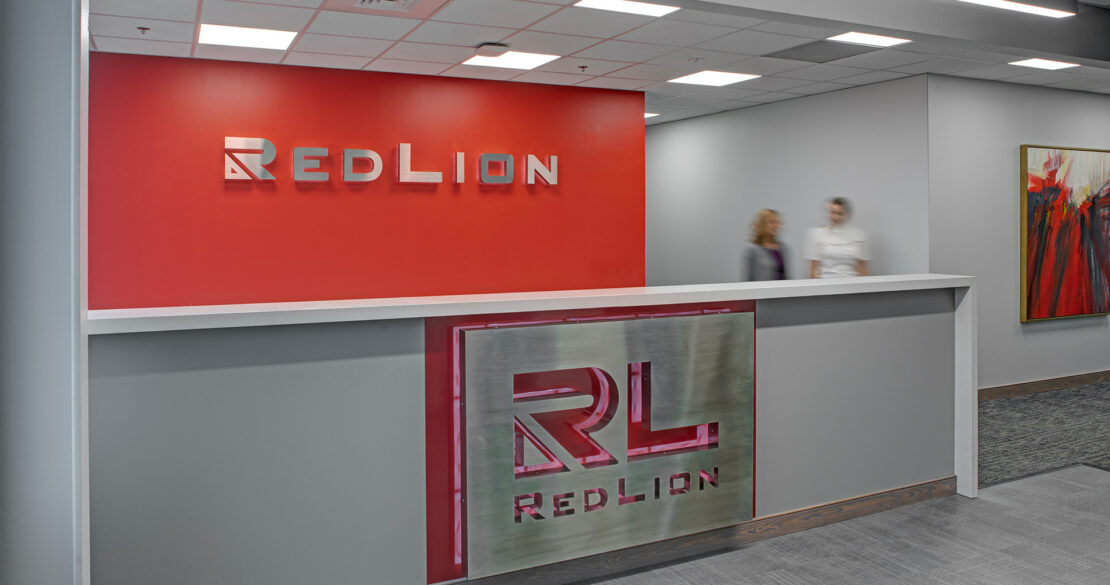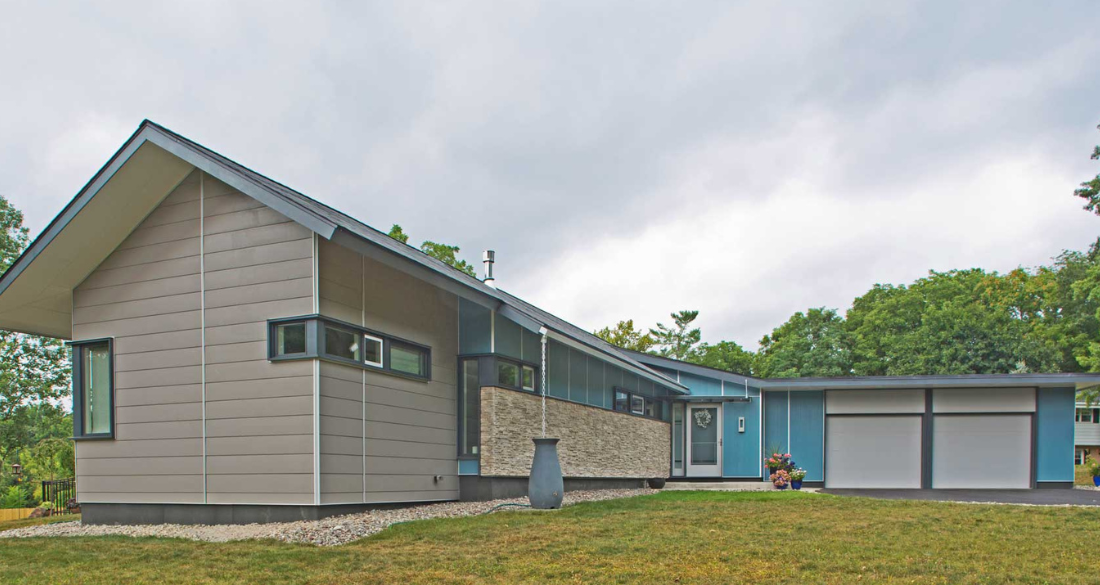The world of interior design is experiencing a watershed moment. As cutting-edge technologies and interconnected living become more ubiquitous, smart home integration is revolutionizing how we design and experience our home environments.
Innovations like artificial intelligence (AI) and automation have transformed interior spaces into intelligent ecosystems catering to occupants’ every need. They also present significant opportunities for architects to take interior design and user experience to the next level.
What Are Smart Technologies?
Intelligent technologies leverage analysis, self-monitoring, and reporting capabilities to provide cognitive awareness to inanimate home objects, including alarm systems, lights, and windows.
There are three main categories of smart technologies, including:
- The internet of things (IoT), which uses chips, sensors, and software to allow users to control physical objects
- Connected devices, like smart bulbs and security cameras, that are controlled via Bluetooth and internet connections to deliver customized experiences
- Smart devices, including appliances, that provide personalization without the use of the internet
Here are five smart technology trends reshaping interior design and optimizing our homes’ convenience, efficiency, and sustainability.
1. Personalization and Adaptability
Smart technology in interior design delivers highly personalized environments. Intelligent systems can learn and adapt to occupants’ preferences, such as adjusting the lighting to match a particular mood or setting the temperature based on routines.
This level of customization transforms a home and its interior design from a static, one-size-fits-all environment into a dynamic, individualized experience.
2. Adaptive Ambiance and Lighting
Intelligent lighting systems offer unprecedented control over ambiance. Smart bulbs can change color and intensity, respond to voice commands, and even sync with our daily habits.
For instance, Philips Hue lights can be programmed to mimic the natural progression of sunlight, adjusting color temperatures throughout the day to support circadian rhythms. This adaptability not only improves comfort but promotes better mental and physical well-being.
3. Sustainable Technologies and Materials
With the growing prioritization of sustainability, many homeowners and architectural designers are embracing green technologies, including smart thermostats. These devices learn from user behavior and adjust heating and cooling systems accordingly, optimizing energy use and reducing costs. Smart climate systems also work in tandem with smart blinds or shades to regulate natural light, further improving the energy efficiency and comfort of a space.
Smart thermostats enhance the attractiveness of a living environment by reducing the need for bulky thermostats and air conditioning units, enabling a cleaner, more cohesive look.
Architects can also incorporate intelligent materials into interior design concepts to promote sustainability. Adaptable glass and light-sensitive paints adjust to the environment to maximize comfort, efficiency, and eco-friendliness.
4. AI-Powered Privacy and Security
Technology now plays a pivotal role in our safety and privacy. Modern security cameras, doorbells, and locks offer real-time monitoring, remote access, and sophisticated alerts. This provides peace of mind and integrates seamlessly into home decor.
Sleek, hidden cameras can be installed in stylish enclosures that blend with the room’s aesthetic and flow. Smart locks eliminate the need for traditional keys and ugly hardware, offering a more streamlined appearance. Integrating security technology and interior design strikes the perfect balance between safety and style.
5. Voice-Controlled Living
Voice assistants have become household essentials, and their influence on interior design is gaining traction. Devices like Amazon Alexa, Google Assistant, and Apple Siri allow hands-free control of smart devices, including lights and entertainment systems. Voice-controlled functionality supports more fluid, user-friendly designs.
Architectural designers are now creating spaces where technology is seamlessly integrated into the decor, with built-in voice assistants that are both functional and beautiful. This could mean integrating speakers into furniture or designing custom enclosures that house smart devices without disrupting the visual harmony of a room.
Ready for a Smarter, More Sustainable Home?
Smart technology is changing how we think about and engage with our living spaces. By integrating technology into interior design, architects create more efficient, functional, and personalized homes.
SAAarchitects is proud to help you seamlessly blend innovations with aesthetics. We work closely with each client to develop a customized plan tailored to their needs, preferences, and goals.
Our seasoned architects focus not only on a home’s interior design but also on its long-term functionality. This enables us to create a space that supports emerging smart technologies and occupants’ evolving preferences for years to come.
Curious to see what we can do for you? Explore our interior design project portfolio, or contact us today to learn more.


